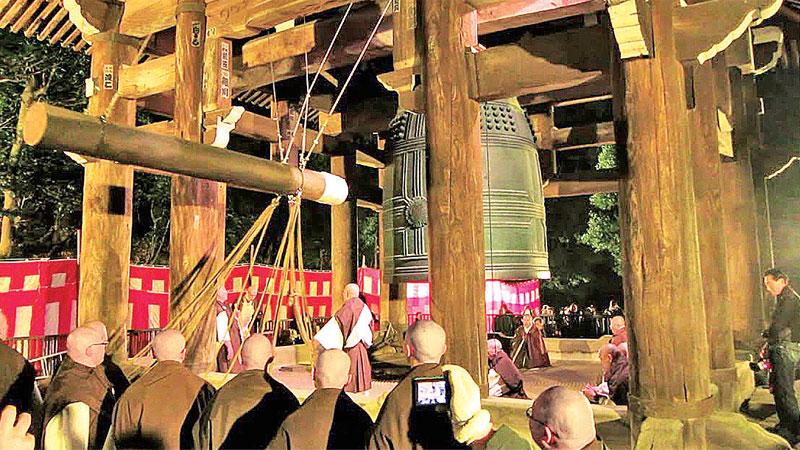
Holidays are often a reflection of a country’s culture and values and for nations like Japan, which are extremely well known for their vivid culture, they have quite a variety of them. Though not even close to how many public holidays Sri Lanka celebrates, Japan’s 16 is quite a considerable amount relative to most countries, especially, compared to the west. Considering how wildly different most everything else is in Japan it might be obvious just how strange and divergent their beliefs and customs are, but what is even more interesting is the remarkably vast amount of ways that they are similar to the observances of the world.
While Japan used to follow traditional calendars like the Lunar Chinese calendar system, they adopted a Japanese version of the near universal Gregorian calendar system. Though ,those previous systems were almost completely forgotten, these created quite the unique issue for the various traditional festivals that developed over the course of Japan’s extensive history. Though they developed a few ruleslike the ‘One Month Delay”’to adjust those festivals and holidays to take place on more appropriate days, the first Japanese holiday they celebrate is New Year’s Day. A s in most Asian countries, their New Year’s Day is completely different to most other cultures. A lot of practices they observe on New Year’s Day are pretty old, like the ringing of large bells at every possible Buddhist temple 108 times at midnight on New Year’s Eve. A custom similar to Sri Lanka’s own New Year is the practice of New Year money given to children.Similar to the west, Japan also has New Year’s Resolutions which they write down with traditional calligraphy.
However, much like everything else in Japan, this traditional holiday also underwent much modernisation. Like the customary viewing of a TV show, Kohaku Uta Gassenon NHK, Japan’s premier TV network, a custom that has been observed for many decades now. Beethoven’s Ninth symphony is performed a lot during New Year’s season, a practice with origins leading back to as far as World War 1, when Germany used to play the symphony to Japanese POWs.
Valentine’s Day is a great example of how businesses can influence a culture as department stores and confectionaries banded together to start the trend in the 50s. Unlike the usual Valentine’s however, Japan’s mercantile origins of that day lead to far more chocolate being bought per person, as they have several types of Valentines chocolate to give away. On Valentine’s day, Japanese women would give away Honmei chocolate to their romantic partner or interest, Giri chocolates are obligatory gifts given to family and acquaintances and Tomo chocolate for friends, usually given by singles.
Most uniquely however is White Day, a follow up to Valentine’s made up by confectionaries to maximise profits. On White Day, March 15th, a month after Valentine’s, recipients of Valentine’s chocolate are expected to return the favour. Those who have received Honmei chocolate use White Day to express requited feelings. While Christmas has always been around in Japan thanks to Christian missionaries from way back when, they have never been all too well received as is usual for foreign cultures in Japan in the past. Especially because of the forced conversions that went around, Christianity had a difficult time in Japan. Post war, Christmas gained a bit of popularity thanks to the successful marketing campaign of Christmas cakes influencing the Japanese.
These cakes are different from western Christmas cakes, often simply just sponge cakes with red and white icing and decorations. However, by far the most popular aspect of Christmas in Japan has been KFC. Though the exact reason for this is unknown, a possibility could be that fried chicken was a simple substitute for the more traditional Christmas turkey, which was not exactly common in Japan. As always, marketing leaned in hard and now KFC is now forever a part of a Japanese Christmas.
As usual, it is baffling and strange as to just how Japanese culture seems to develop almost randomly but it is quite remarkable to note that even with a country like Japan, where the foreign cultures used to be not only hated but outright illegal for a time, not only have they come around to it but have embraced it to the extent of adopting it into their own culture quite successfully. Most importantly, it should be noted that these adoptions of foreign cultures have not diminished their own by one bit and even made it stronger.
